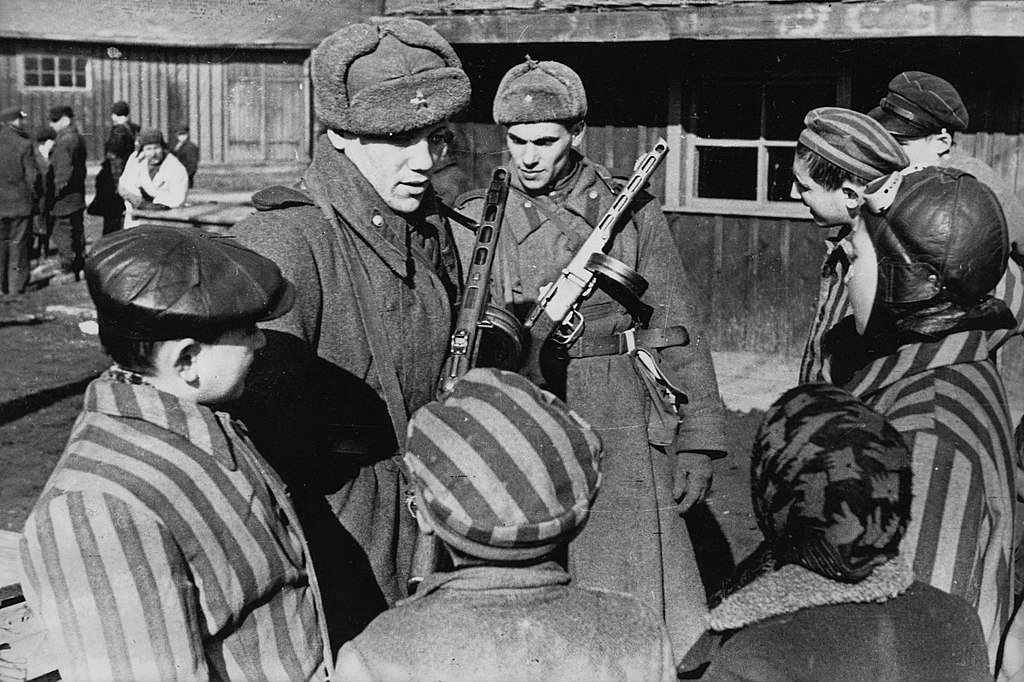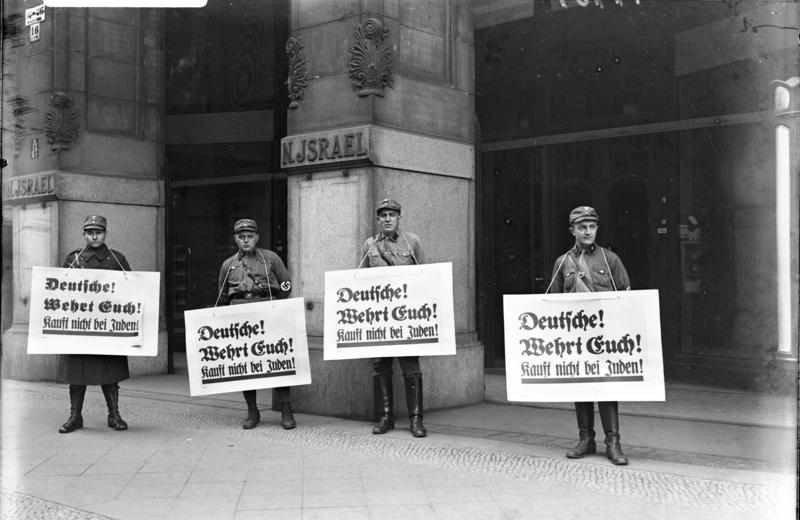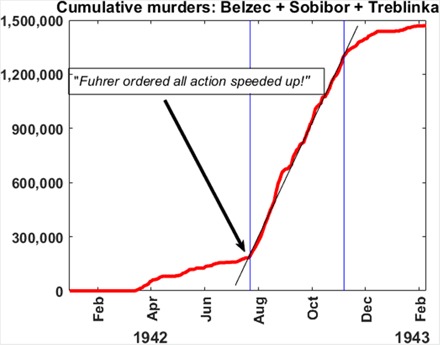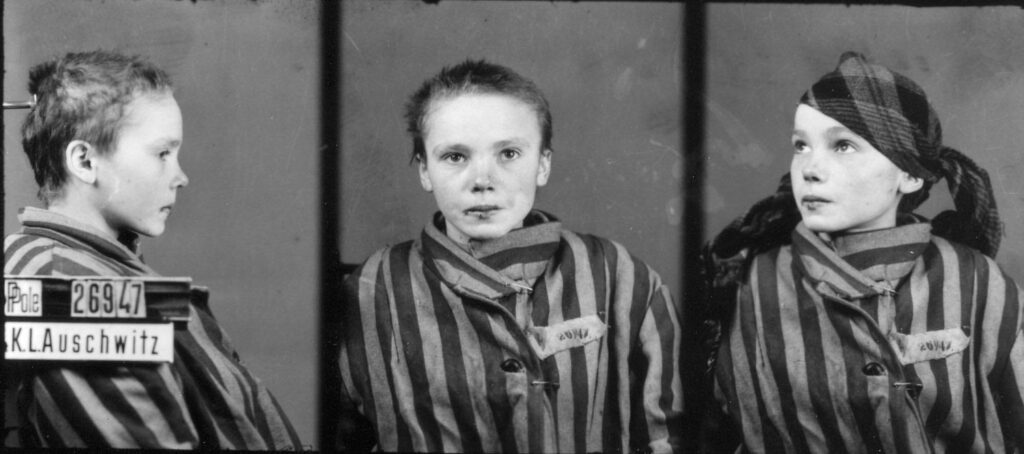Eighty years have passed since the liberation of Auschwitz-Birkenau, the most infamous of the Nazi death camps, and yet the Holocaust remains a defining scar on the conscience of humanity. As the world marks this solemn anniversary in 2025, the focus on Holocaust remembrance, the Auschwitz 80th anniversary, and the urgent need for Holocaust education have never been more pronounced. This long-form exploration delves into the historical roots, the machinery of genocide, the human stories, and the pressing relevance of Holocaust memory and the fight against antisemitism today.
Holocaust remembrance in 2025: Global commemorations and reflections

This year, International Holocaust Remembrance Day on 27 January 2025 marks the 80th anniversary of the liberation of Auschwitz-Birkenau. The Auschwitz 80th anniversary is being commemorated with a major ceremony at the former camp, attended by survivors, heads of state, and dignitaries from around the world. The event will feature survivor testimonies, prayers, and a symbolic goods wagon placed at the camp’s entrance-an evocative reminder of the deportations that led so many to their deaths. The ceremony will be streamed globally, inviting people everywhere to participate in shared remembrance and reflection on the significance of these events.
Across Europe and beyond, museums, schools, and community organisations are hosting educational programmes, exhibitions, and panel discussions focused on Holocaust education and the fight against the rise of antisemitism. Survivor interviews are being broadcast, and government leaders are issuing statements reaffirming their commitment to combating Holocaust denial and ensuring that the lessons of history are never forgotten.
The road to catastrophe: Europe before the Holocaust
The precursors: Seeds of hatred and upheaval
To understand how Europe descended into the abyss, one must first grasp the volatile context of the early 20th century. Antisemitism was already deeply rooted across the continent, and the aftermath of World War I left Germany humiliated and economically crippled. Hyperinflation, political chaos, and the punitive Treaty of Versailles fuelled resentment and created fertile ground for extremist ideologies. The Nazi Party, founded in 1919, capitalised on these grievances, amplifying longstanding racist and antisemitic ideas through modern propaganda and political manoeuvring.
The rise of Nazi ideology: Pseudoscience and demonisation
Core tenets and racial theories
Central to Nazi ideology was a toxic blend of pseudoscience and myth. The Nazis constructed elaborate racial hierarchies, with the so-called “Aryan” race at the apex and Jews, Roma, Slavs, and others deemed “subhuman.” Jews were cast as the ultimate enemy, supposedly responsible for communism, capitalism, and every ill afflicting Germany. This demonisation was not mere rhetoric; it was the prologue to genocide, with Nazi propaganda dehumanising Jews and laying the psychological groundwork for their mass murder.
The progression of persecution: From exclusion to extermination
Step by step: The escalating phases

The Holocaust did not begin with gas chambers. It began with words, laws, and social exclusion. The Nazi regime, upon seizing power in 1933, swiftly enacted discriminatory laws: Jews were barred from public life, stripped of citizenship, and subjected to boycotts and violence. The Nuremberg Laws of 1935 codified racial theory, banning marriages between Jews and “Aryans” and institutionalising segregation.
As the Nazis expanded across Europe, persecution intensified. Jews were forced into ghettos-prison-like districts plagued by starvation and disease. In occupied Poland and the Soviet Union, SS death squads (Einsatzgruppen) massacred entire communities in mass shootings.
The final solution: Wannsee and the machinery of death

The turning point came with the Wannsee Conference on 20 January 1942, where senior Nazi officials formalised the “Final Solution”-the systematic extermination of all Jews in Europe. Jews were rounded up, transported by rail to extermination camps, and murdered en masse, primarily by poison gas. Six killing centres-Auschwitz, Treblinka, Sobibor, Belzec, Chelmno, and Majdanek-became epicentres of industrialised murder. Millions were murdered in gas chambers, while others perished from starvation, disease, forced labour, or death marches as the Nazis retreated in the war’s final months.
Auschwitz 80th anniversary: Global reflections and survivor voices
The 80th anniversary of the liberation of Auschwitz-Birkenau is being marked by a series of international events, ceremonies, and educational initiatives. Survivors such as Marian Turski, Janina Iwańska, Tova Friedman, and Leon Weintraub are sharing their testimonies-reminders of both the horrors endured and the resilience of the human spirit. The March of the Living, an annual event bringing thousands to Auschwitz, is spotlighting survivor stories and the importance of Holocaust remembrance for younger generations.
Heads of state and government officials are using this moment to reaffirm commitments to Holocaust education and to condemn the rise of antisemitism. The United States, European Union, and other nations have issued statements designating 27 January 2025 as a day of national and international remembrance, calling for ceremonies, educational programmes, and moments of reflection.
The mechanics of the Holocaust: Systematic genocide
The role of the SS, Einsatzgruppen, and camps
The Holocaust was a meticulously orchestrated genocide. The SS, Einsatzgruppen, and a vast network of concentration and extermination camps formed the backbone of this machinery. Transportation networks-primarily railways-enabled the mass deportation of Jews and other targeted groups to camps like Auschwitz, where industrial-scale murder was carried out with chilling efficiency.
Key events and acts of resistance
The Holocaust’s timeline is marked by pivotal events: the Wannsee Conference, the opening of extermination camps, the Warsaw Ghetto Uprising, and the liberation of camps like Auschwitz and Bergen-Belsen. Resistance took many forms, from armed uprisings in ghettos and camps to the clandestine preservation of culture and identity. Stories of rescue-such as those of Irena Sendler and Carl Lutz-demonstrate the courage of individuals who risked everything to save lives.
Human stories and testimonies: Survivor accounts and family impact

Bearing witness
The statistics-six million Jews murdered, including 1.5 million children-are almost incomprehensible. Yet each victim was an individual, with a name, a story, a family. Survivor testimonies, preserved in oral histories and memoirs, offer a window into unimaginable suffering and resilience. Eva Mozes Kor, for example, survived Auschwitz’s notorious medical experiments and later became a voice for forgiveness and education.
The impact on families
The Holocaust tore families apart, often in an instant. Parents and children were separated, sometimes forever; those who survived carried deep psychological wounds. The breakdown of family life, the loss of loved ones, and the struggle to rebuild after the war left scars that have echoed across generations.
Holocaust education and the fight against antisemitism rise
Why remember?
Holocaust remembrance is not just about honouring the dead. It is a bulwark against the resurgence of hatred and a warning of where unchecked prejudice can lead. Despite decades of wisdom shared by survivors, the poison of antisemitism still courses through society, with recent years witnessing a worrying antisemitism rise in Europe, the United States, and beyond. Holocaust denial, once the preserve of fringe extremists, now threatens to erode the foundations of historical truth.
Educational initiatives
Holocaust education is a vital tool in combating ignorance and intolerance. From school curricula to museums like Yad Vashem and the United States Holocaust Memorial Museum, efforts to preserve memory are global and multifaceted. UNESCO and other bodies have prioritised teaching about the Holocaust not only as history, but as a lesson in human rights and the dangers of indifference. For more on this, see our article on Holocaust history and genocide prevention.
The role of social media: Memory, education, and holocaust denial
In 2025, social media is a double-edged sword in the struggle for Holocaust remembrance. On the one hand, platforms like Instagram, Facebook, and X (formerly Twitter) have become powerful tools for sharing survivor stories, broadcasting live commemorations, and engaging new generations in Holocaust education. Museums such as the Auschwitz-Birkenau Memorial have developed robust social media strategies to inform and connect global audiences, creating “online communities of remembrance.”
On the other hand, social media is also a breeding ground for Holocaust denial and distortion. Studies show that a significant percentage of Holocaust-related content online either denies or distorts the facts, sometimes even glorifying or mocking the suffering of victims. Algorithms can amplify antisemitic content, and platforms with lax moderation, like Telegram, have become havens for hate speech and conspiracy theories. The fight against Holocaust denial on social media is ongoing, with organisations and governments urging platforms to take stronger action and promote accurate information. For a deeper dive, see our feature on modern antisemitism.
The ongoing relevance: Lessons for today
The state of Holocaust memory
As survivors age and their numbers dwindle, the responsibility to bear witness passes to new generations. The further we move from the events, the greater the risk of forgetting, yet the more urgent the lessons become. The challenge of Holocaust denial and distortion is compounded by the rise of new forms of antisemitism, often intertwined with contemporary political debates and the Israel-Palestine conflict.
Never again?
The Holocaust is not just a chapter in Jewish history; it is a warning to all of humanity. The mechanisms of exclusion, demonisation, and mass violence are not relics of the past. Genocides have occurred since, and hate continues to find new targets. The lessons of the Holocaust-about the fragility of civilisation, the power of propaganda, and the necessity of moral courage-remain as urgent as ever.
Conclusion: The duty to remember
Eighty years on, the Holocaust stands as both a singular tragedy and a universal warning. Its memory must be preserved-not as a museum piece, but as a living challenge. It calls us to confront hatred in all its forms, to defend truth against distortion, and to ensure that “Never Again” is not merely a slogan, but a promise kept.
As we mark the Auschwitz 80th anniversary and reflect on the state of Holocaust memory, let us ask ourselves: What kind of world do we want to build from the ashes? The answer, surely, begins with remembrance-and with action.



